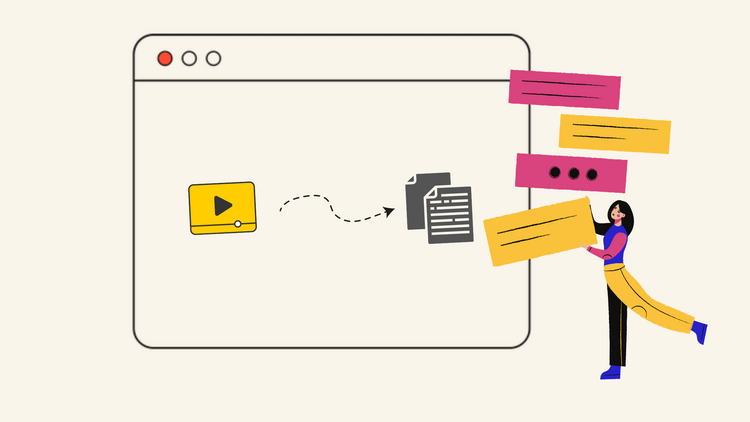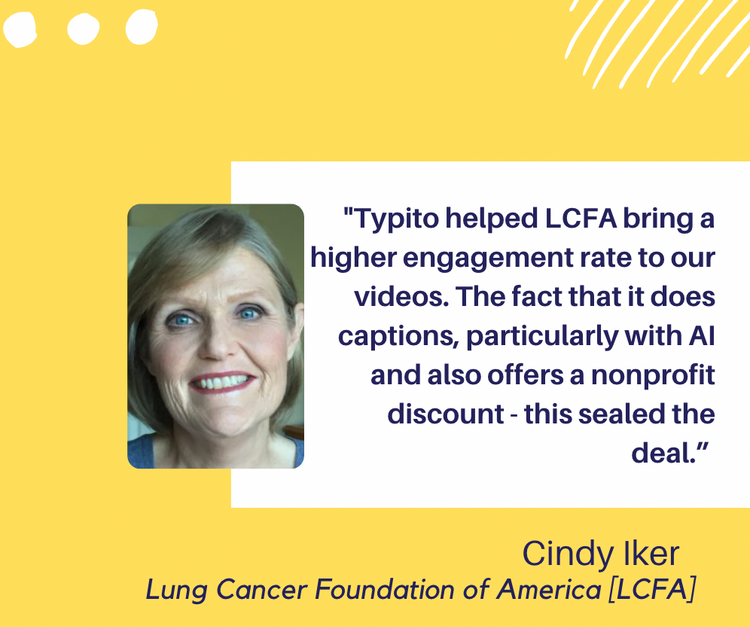Typography - The Evolution and It's Impact Today
Have you ever tried teaching a 3 or 4 year little one the alphabets? Before delving into the evolution of typography, you should try it and you will know the importance of visuals and images over your spoken words. The number of creative videos available online is the best example to prove that visuals and moving texts help understand concepts better than anything else. Hence the term self-tutor has evolved over the years and is also a good friend to many of us today.
The best way to summarise typography is the above one. Even the littlest things can bring changes that you can never even imagine. Different ways of presenting a single sentence could make the most of the difference. And that's what typography is precisely all about.

You can find typography everywhere around you. Even in those graffiti art.
Before understanding typography, its importance and applications, it's also important to understand where did it all began.
Typography through the ages
During the early times, since the Sumerians and Egyptians typography has existed. Only that it was way different from what we understand of it today. Difficult concepts always ask for explanations and as mentioned before images make it easier.
Cave paintings known to be as old as 20,000 BC are believed to be the first ever recorded written form of communication. An example to the same was the evolution of Egyptian hieroglyphics. This came to be incorporated into their writings, art and architecture which today also holds a great place in our world heritage.

An example of the Egyptian hieroglyphics- an effective form of communication of the early times
While the Phoenicians are credited with the first alphabet, it's the Greek that used the same in about 1000 BC. Today the word "Alphabet" itself is derived from the Greek word Alpha and Beta. Well, the Phoenicians and Greeks played their role and was then followed by the Romans. Romans strained the art of handwriting and also introduced formal and informal scripts that could make communication easier for both official and unofficial writings.
From the images and art, later in the 15th century movable types and the printing press was developed by Johannes Gutenberg. Gutenberg and his printing press stands to be the stepping stone to the typography that we use and are exposed to today.

Johannes Gutenberg's development of the movable text is a milestone in the field of Typography
Passing time also introduces humans to a variety of other forms of typography that they find more catchy and appealing. Posters, advertisements, periodicals, newspapers etc. proved to be more close to the masses and it stands true to the effectiveness and impact that typography has on the world.
Applications of Typography
Typography being one of the most effective and efficient means of communication, its applications are highly significant. Few to mention would be business cards, logos, posters and much more.
Business Cards
Your business card (also known as a name card) offers the first glance into your job profile and hence designing them in a way that conveys the right message is important. The kind of business you hold or are a part of should reflect on your business card. Through the font, color, font size, typeface and much more the message is conveyed in the right way. If anything goes wrong then the entire purpose goes into vain. For example, if the color you use for the font or background is not print-friendly then do not blame the name card printing service for the physical product looking different. A business man's business card would ask for a more simple, sophisticated, and elegant font whereas an artist's card will have more of the jazzy font and can also easily incorporate a pop of color. Both, however, almost always look better if they are professionally printed by a company like Kaizen Print because this reflects the professionalism of your business.
Additionally, most people tend to forget that it is not just the printing that adds appeal to the card, but also the finishing touch that matters the most. For example, if you have a business card that has been printed well, but lacks smooth edges and proper cutting, will that create a good impression on your clients? Of course, not! This means that along with paper quality and printing, you should think about the finishing touch as well. That is why many successful business owners often recommend using advanced technological tools like a Duplo International DC-616 Slitter, Cutter, and Creaser machine that can provide an all-in-one finishing solution.

What makes you recall a business card? Typography definitely plays its bit (source - designrfix.com)
Logos
Typography and its importance can also be explained by take the case of logos. Every logo has a different message to convey and understanding this is crucial. Hershey's chocolates have always stood for its fine quality and that stands out in their bold but formal font. The choice of chocolate brown color as the background definitely helps the user connect it better with the brand. Same can be said for many brands around us - their logos sometimes speak a thousand words about their business, ethos and even vision. Brands know this all too well so, once they have the perfect logo, they'll more than likely work with a Trademark Attorney to ensure that their design is protected and can only be used by them.

We recall many of the global brands via their typographic logos (source - infogenix.com)
Try designing something of your own and you will probably understand this even better. For a good graphic designer to create effective typography it is essential to know all about where it began and hence the history. So the bottom line lies to be the same- it is to help people understand better proving to be an efficient medium of communication.
Power as an Art and Technique
Typography has the power to make and break a brand. Wherever you go, whatever you pick, everything has a brand and while we play the role of consumers those brands only become even more important. Fonts are so powerful that they actually help us recognize the brand.
For example: Skype, you need not complete the word and it's that easy to guess. This is because the font has been associated to the brand for ages and changing it can even make its consumers doubt its credibility and originality.
Typography is undoubtedly an art and technique both at the same time. Art because it connects through people and their thoughts and by itself plays the role of a teacher. Technique because typography is a result of immense thinking, practice and skill. An efficient graphic designer is aware of the aspects impacting typography and manages to always keep oneself updated with the latest happenings in the domain.
Kinetic Typography
George Mellies introduced "moving text" through his works in the world of cinema and advertising. Being kids of the new age probably makes us immune to the term kinetic typography (moving texts).
A cool kinetic typography video by YouTube channel guardthemind
Irrespective of the age group you belong to, kids at school or adults at work- you got to meet kinetic typography at some time. To deliver a new project at your next meeting or to understand the complicated working of The United Nations in college. This can be used everywhere for better understanding and to hold up that interests you want to see in the eyes of all your spectators.
Know more about typography and how to add them on videos from our upcoming post on various tools available for typography.





